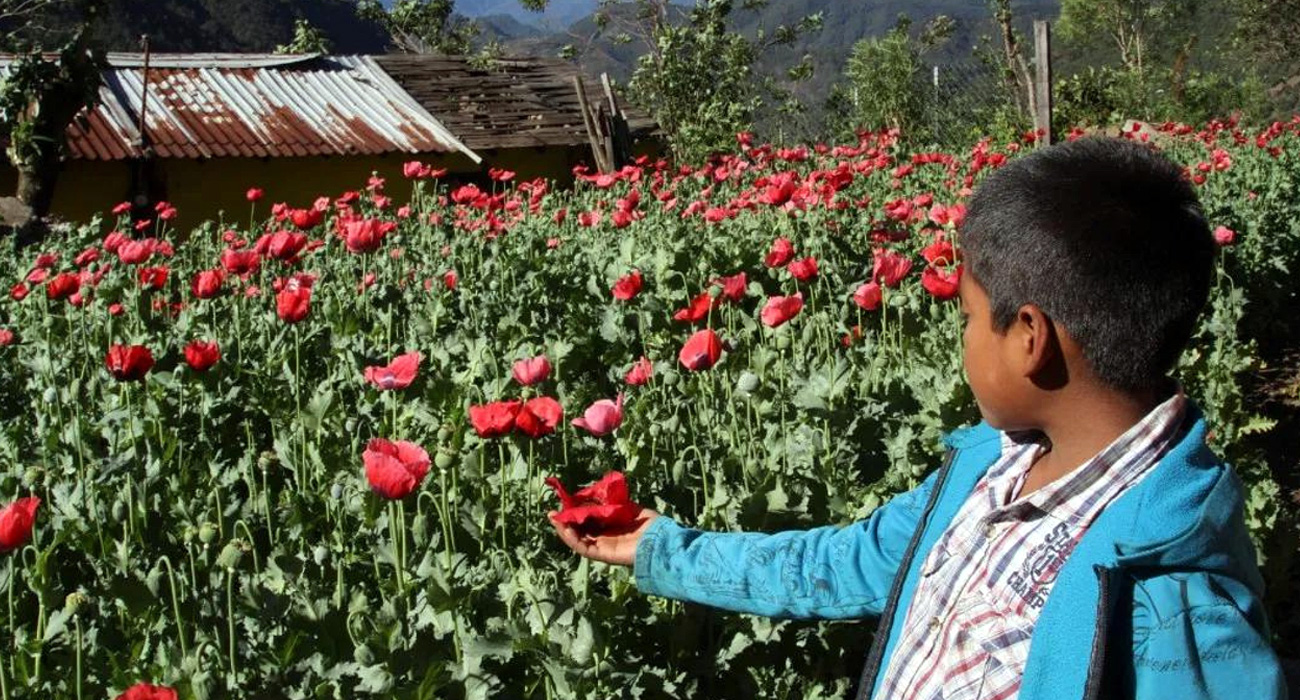Analysis of interviews with young coca and poppy growers in Colombia, Ecuador, Mexico and Peru.
Authors
Summary
The document presents the main results and findings in interviews realized to 38 young coca and poppy growers. This research was carried out in four Latin American countries: Colombia, Mexico, Ecuador, and Peru. The objective was to identify the main characteristics of these young people, as well as understand the incentives and contexts that encourage them to stay in this activity or to make a change in the future. Besides, we identified similarities and differences in the conditions of the participants among these countries.
Abstract:
The document presents the main results and findings in interviews realized to 38 young coca and poppy growers. This research was carried out in four Latin American countries: Colombia, Mexico, Ecuador, and Peru. The objective was to identify the main characteristics of these young people, as well as understand the incentives and contexts that encourage them to stay in this activity or to make a change in the future. Besides, we identified similarities and differences in the conditions of the participants among these countries.
Main findings
- Crop activity begins at an early age, as part of family and community dynamics.
- Illicit crops have a high capacity to generate profitable employment; year-round and compatible with other activities.
- Young people associate licit activities with high economic risks and low returns.
- The interviewees do not perceive state services, such as health and education, or spaces for participation in which they are taken into account.
- Many of the young people identify with an agricultural life project, so they seek to establish licit productive initiatives in their regions, and identify state policies that would favor them.
Message from the author
“In a context of escalating production of cocaine and other narcotics, as well as of the hectares cultivated with coca in Latin America, the ineffectiveness of the measures that have traditionally constituted the so-called “Fight against drugs” has been confirmed, a finding already present in the first report of the Global Commission on Drug Policy, published in 2011. New approaches have sought to place at the center of public policy the welfare and safety of the communities and people affected by the drug trafficking chain. This perspective requires knowing, from the voice of those directly involved, the realities of their territories and their daily lives. This is why the research presented here becomes a vitally important input for all those interested in the formulation of comprehensive policies aimed at disengaging the young population from illicit crops and encouraging their transition to licit alternatives. It will also be of interest to any reader or researcher who seeks to include in his or her understanding of the phenomenon the daily experiences of the population directly involved in illicit crop cultivation.”

Our offices:
- Chile: Huelén 10, Providencia, Santiago, Metropolitan Region (+56-2) 2236 4557 | Fax (+56-2) 2236 4558.
- Ecuador: Czechoslovakia E9-95 between Switzerland and Moscow. Eveliza Plaza Building. First floor. Quito. (+593-2) 5150144.
- Colombia: Carrera 9 No 72-61 Office 303. Bogotá. (+57-1) 2073 850.
